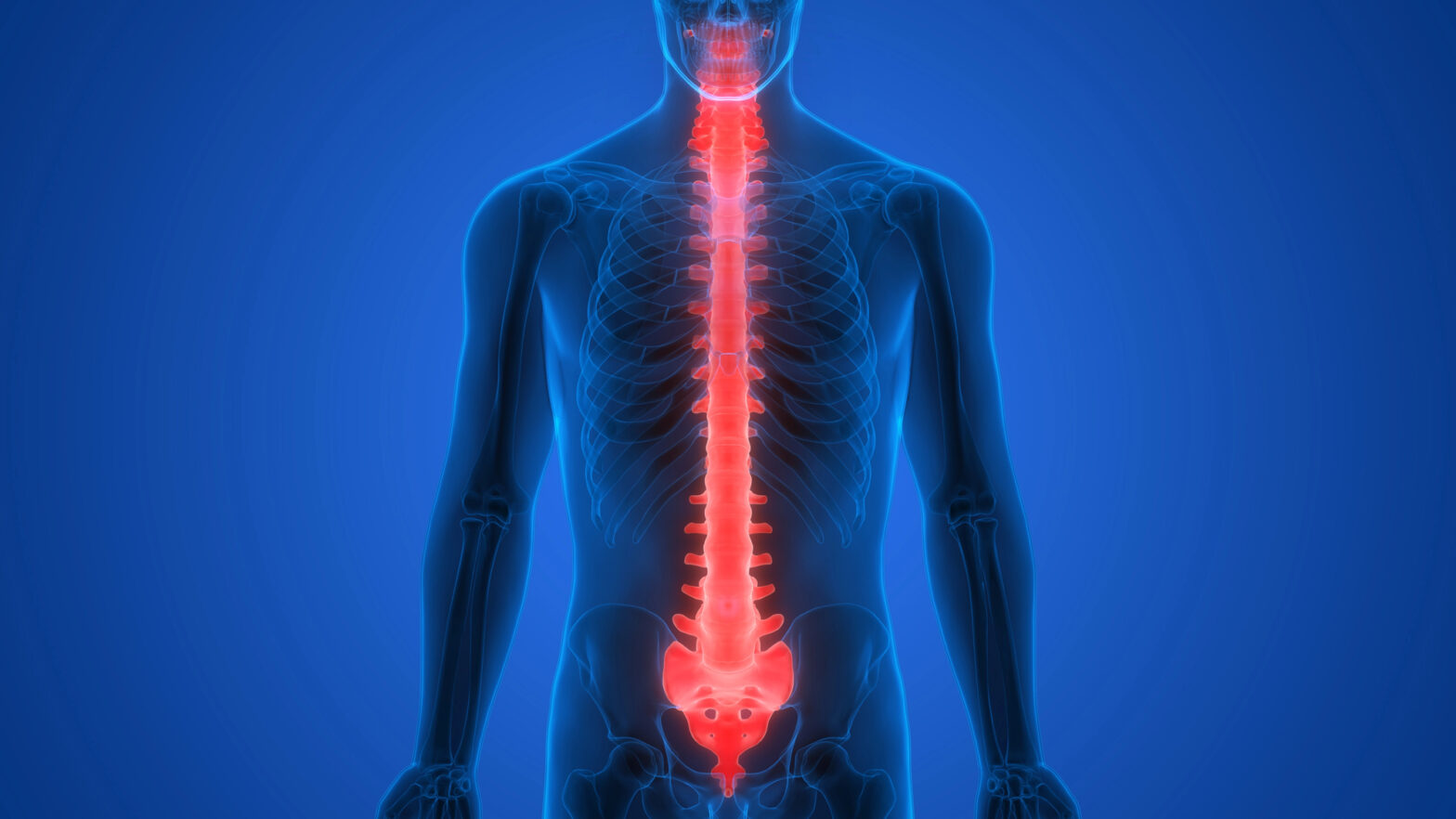
Kyphosis Back Pain
Kyphosis is a spinal condition characterized by an excessive outward curve of the spine, leading to a hunched or rounded back appearance. This condition can cause significant back pain and discomfort, affecting individuals of all ages. Understanding the causes, symptoms, and treatment options for kyphosis-related back pain is essential for effective management and improving quality of life.
What is Kyphosis?
Kyphosis refers to an exaggerated curvature of the thoracic spine, resulting in a rounded upper back. The condition can be classified into three main types: postural kyphosis, Scheuermann’s kyphosis, and congenital kyphosis.
- Postural Kyphosis is the most common type and typically results from poor posture. It is more common in adolescents and can often be corrected with posture improvement and exercises.
- Scheuermann’s Kyphosis is a structural deformity where the vertebrae are wedge-shaped, leading to a more pronounced curvature. This type usually develops during adolescence and can cause more severe symptoms.
- Congenital Kyphosis is present at birth and results from malformation of the spine during fetal development. This type often requires surgical intervention.
Causes of Kyphosis
The causes of kyphosis vary depending on the type. Postural kyphosis is primarily caused by slouching and poor posture. Scheuermann’s kyphosis may have a genetic component and is characterized by abnormalities in the vertebrae. Congenital kyphosis results from spinal malformations during development.
Other factors contributing to kyphosis include osteoporosis, which weakens the vertebrae and can lead to compression fractures, and conditions such as spina bifida, muscular dystrophy, and certain metabolic disorders. Trauma or injuries to the spine can also cause or exacerbate kyphosis.
Symptoms of Kyphosis
- Visible curvature: A noticeable rounding or hump in the upper back.
- Back pain: Pain in the upper or mid-back, which may worsen with activity or prolonged sitting or standing.
- Stiffness: Reduced flexibility in the spine, leading to stiffness and discomfort.
- Fatigue: Muscle fatigue due to the body working harder to maintain posture.
- In severe cases, kyphosis can cause breathing difficulties if the curvature compresses the lungs and other internal organs.
Diagnosing Kyphosis
Diagnosing kyphosis typically involves a physical examination, during which the healthcare provider assesses the curvature of the spine and the patient’s posture. Imaging tests such as X-rays, MRI, or CT scans are often used to determine the degree of curvature, identify any structural abnormalities, and assess the underlying cause.
Treatment Options for Kyphosis Back Pain
- Postural Kyphosis: This type often responds well to non-surgical treatments. Physical therapy and exercises focusing on strengthening the back muscles, improving flexibility, and correcting posture can be highly effective. Using ergonomic furniture and practicing good posture can also help alleviate symptoms.
- Scheuermann’s Kyphosis: Treatment may include physical therapy, pain management with over-the-counter or prescription medications, and bracing to prevent further curvature progression in adolescents. In severe cases, surgery may be considered to correct the curvature and stabilize the spine.
- Congenital Kyphosis: This type often requires surgical intervention to correct the spinal deformity and prevent further progression. Surgery typically involves spinal fusion to straighten and stabilize the spine.
Preventive Measures
Preventing kyphosis, particularly postural kyphosis, involves maintaining good posture and engaging in regular exercise. Strengthening the core and back muscles can provide essential support for the spine and reduce the risk of developing poor posture. It is also important to avoid activities that strain the back and to use proper techniques when lifting heavy objects.
For individuals with conditions that predispose them to kyphosis, regular monitoring and early intervention can help manage symptoms and prevent progression. Maintaining bone health through a balanced diet rich in calcium and vitamin D, along with weight-bearing exercises, can also help reduce the risk of osteoporosis-related kyphosis.
Kyphosis can cause significant back pain and impact daily life, but understanding the condition and exploring various treatment options can help manage symptoms effectively. By working closely with healthcare providers and adopting preventive measures, individuals with kyphosis can reduce pain, improve posture, and maintain a higher quality of life. If you experience persistent back pain or other symptoms of kyphosis, it is essential to seek medical advice to determine the best course of action for your specific situation. With the right approach, it is possible to manage kyphosis and lead an active, fulfilling life.

